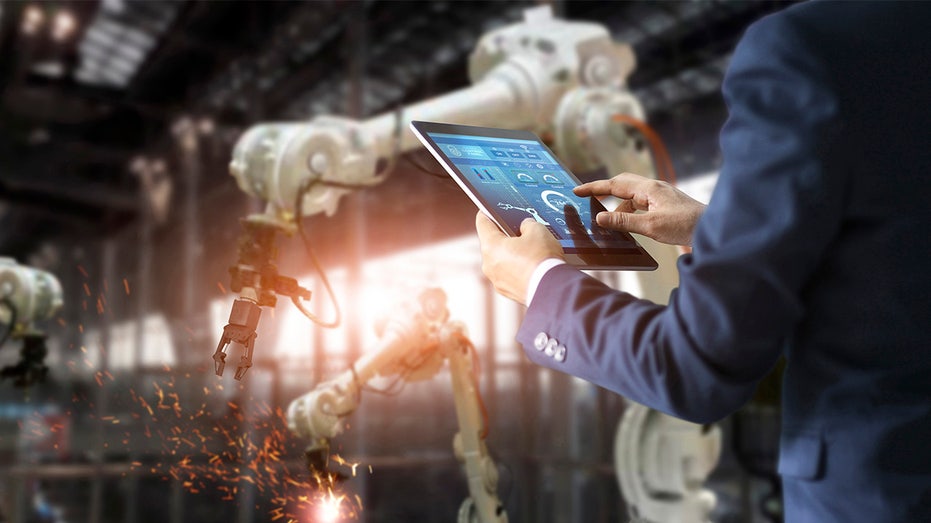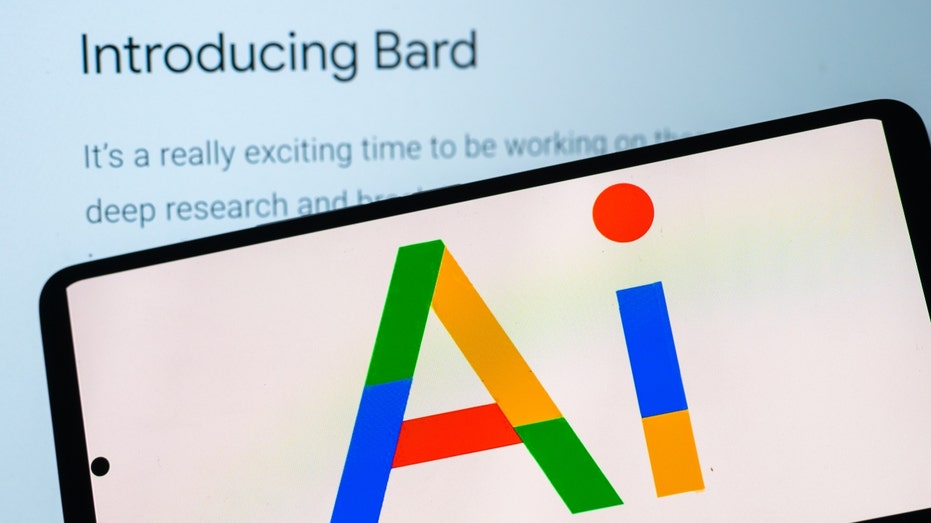Two-thirds of US jobs could be exposed to AI-driven automation: Goldman Sachs
Of the two-thirds of U.S. jobs exposed to AI, about a quarter to one-half of their tasks could be automated, per the Goldman Sachs report
Shark Tanks Robert Herjavec: US cannot afford to pause AI development
Cyderes CEO Robert Herjavec discusses potential artificial intelligence regulation in the U.S. as the global race for information heats up on Varney & Co.
Breakthroughs in generative artificial intelligence technologies could expose about two-thirds of U.S. jobs to some level of automation, according to a report by Goldman Sachs economists.
Generative artificial intelligence (AI) is a technology that can synthesize data and produce audio, imagery and text. It uses tools like deep learning algorithms and neural networks to identify patterns and structures in existing data that it then uses to generate new, original content.
"Despite significant uncertainty around the potential for generative AI, its ability to generate content that is indistinguishable from human-created output and to break down communication barriers between humans and machines reflects a major advance with potentially large macroeconomic effect," Goldman Sachs economists Joseph Briggs and Devesh Kodnani wrote in a report.
AMAZON ANNOUNCES NEW CUSTOMIZABLE AI MODELS FOR CLOUD COMPUTERS

Artificial intelligence could affect at least some of the occupational tasks in about two-thirds of U.S. jobs over the next decade, per a Goldman Sachs report. (iStock / iStock)
The two economists analyzed databases that contained information about the type of tasks performed by people in over 900 different occupations and estimated that about two-thirds of U.S. occupations are exposed to some degree of automation by AI technology.
Of those occupations that are exposed to AI-driven automation, roughly a quarter to one-half of their workload could be replaced by AI. However, the authors noted that increased automation wouldn’t necessarily lead to layoffs.
"Although the impact of AI on the labor market is likely to be significant, most jobs and industries are only partially exposed to automation and are thus more likely to be complemented rather than substituted by AI," the authors wrote.
ABOUT 40% OF DOMESTIC TASKS COULD BE AUTOMATED IN A DECADE, AI EXPERTS SAY IN STUDY

ChatGPT is an artificial-intelligence (AI) chatbot developed by OpenAI and launched in November 2022 using reinforcement learning techniques both from machine and human feedback. (Nicolas Economou/NurPhoto via Getty Images / Getty Images)
The degree to which AI is adopted and how advanced AI technologies become creates some variability in how it ultimately impacts the economy through increased productivity, the displacement of labor, and re-employment of displaced labor per the Goldman Sachs report.
Under the report’s baseline, the authors estimated a net increase of about 1.5 percentage points over 10 years. That includes an increase in the productivity of non-displaced workers of about 1.1 percentage points and higher productivity due to labor displacement of 0.46 percentage points, which would be partially offset by the re-employment of displaced workers amounting to 0.11 percentage points over 10 years.
WALMART PLANS FOR 65% OF STORES TO BE SERVICED BY AUTOMATED SUPPLY CHAINS BY 2026

Google recently launched its own AI service called Bard. (Jonathan Raa/NurPhoto via / Getty Images)
The researchers also analyzed a scenario with a much more powerful AI that found a net increase in productivity of over 2.9 percentage points over 10 years. That scenario saw productivity for non-displaced workers increase by 2.19 percentage points and labor displacement add another 0.96 percentage points, while re-employment of displaced workers offset that by 0.22 percentage points.
Historically, innovation cycles centered on automation and other technological advances that disrupt labor markets tend to be offset due to the creation of new jobs. The report notes how the rise of information technology created new occupations like webpage designers, software developers and digital marketers.
| Ticker | Security | Last | Change | Change % |
|---|---|---|---|---|
| GS | THE GOLDMAN SACHS GROUP INC. | 893.21 | +16.68 | +1.90% |
GET FOX BUSINESS ON THE GO BY CLICKING HERE
The report also cited a study by economist David Autor, who found that about 60% of workers today are employed in occupations that didn’t exist in 1940. The Goldman Sachs economists say that study implies that over 85% of employment growth in the last 80 years has been driven by technological innovations that lead to the creation of new occupations.




















